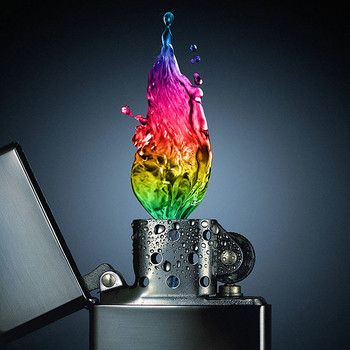Question #62a46
2 Answers
One way is to balance the equations by the oxidation number method.
Explanation:
Your first unbalanced equation is
Step 1. Calculate the oxidation numbers of every atom:
Step 2. Identify the atoms that change oxidation number.
The changes in oxidation number are:
Step 3. Equalize the changes in oxidation number.
You need
Step 4. Insert coefficients to get these numbers.
Step 5. Balance
Every substance now has a coefficient. The equation should be balanced
Step 6. Check that all atoms balance.
The balanced equation is
Now, can you use the same technique to balance the second equation?
Here's a video that might help.
Explanation:
I'm going to assume it is in an acidic solution.
The first step would be to separate the overall equation into two half reactions, but you've already done that. So next would be to balance everything except for the H and O.
Then balance the oxygen by adding H2O.
Now balance the hydrogen by adding H+.
Add e- as needed to balance the charges on each side of the equation.
Finally, multiply each half-reaction by an integer so that when they are added, the e- will cancel out. Then add them and simplify.
7(
+
4(
=


